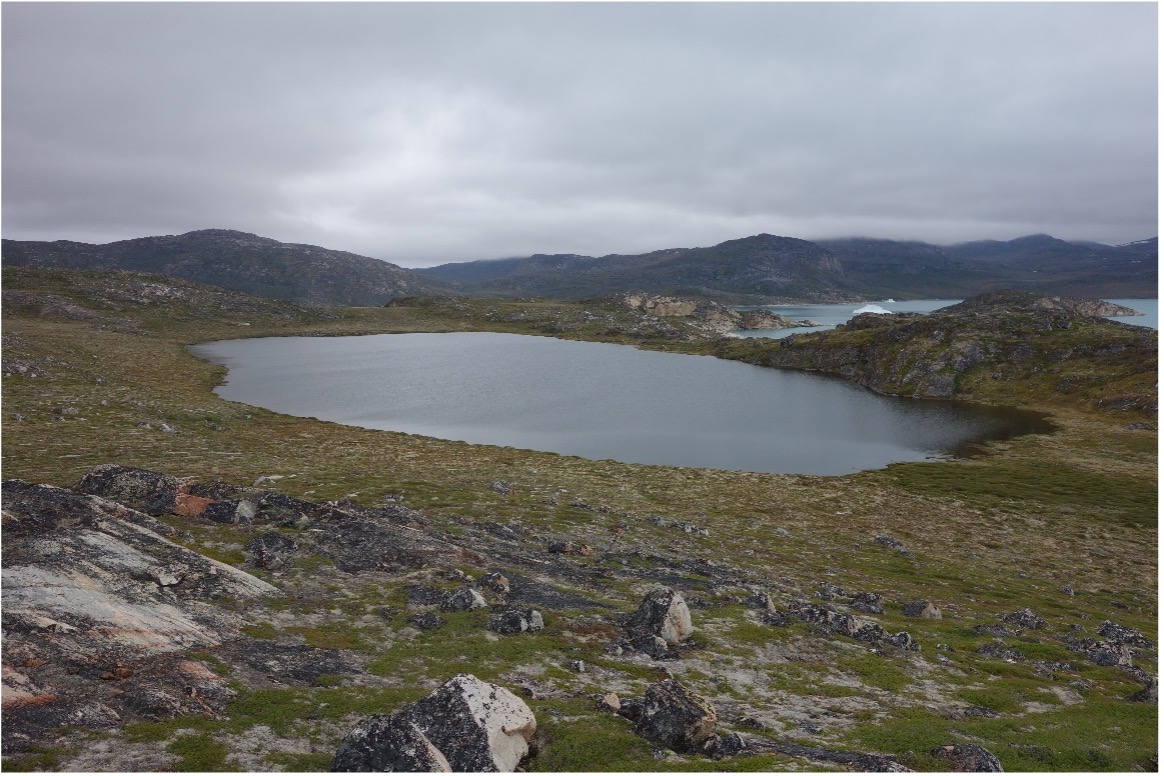Geography Available Research Project
Unravelling the sources of sediment and contaminant accumulation in proglacial environments
Project overview
Glaciers are a major source of sediment generation and transport in mountain landscapes, in addition to being stores for legacy contaminants deposited onto their surface (Beard et al., 2022). As glaciers retreat and downwaste in response to a warming climate the meltwater released acts as a pathway for both sediment and contaminant transport to downstream fluvial environments and ecosystems, and understanding the sources of these materials, and the processes responsible for their mobilisation, is important for downstream water management. Excess fine sediment can be an environmental issue for drinking water quality, siltation of infrastructure such as hydropower schemes, and for aquatic life cycles. We also now understand that glaciers, including the supraglacial material ‘cryoconite’, can accumulate high concentrations of known contaminants such as fallout radionuclides and heavy metals (Clason et al., 2021; Beard et al., 2022), posing an additional threat to environmental and water quality.
This project will make use of existing data on the geochemistry of sediments sampled in the Isfallsglaciären catchment of Arctic Sweden (Clason et al., 2021) to unravel the contribution of supraglacial and proglacial sediment sources to a downstream proglacial lake. The project will take a sediment fingerprinting approach, through use of an unmixing model (e.g. Navas et al., 2022), to assess the contributing sources to downstream sediment and contaminant accumulation in the catchment. The student will contribute to ongoing work in this field by staff at Durham University, and benefit from collaboration with national and international collaborators. Eligible applicants can apply to the Durham Inspired Climate Change and Polar Research Scholarship for funding support for this project
If you are interested in this project, please contact the lead supervisor:
Dr Caroline Clason – caroline.clason@durham.ac.uk

Key references:
Beard, D.B., Clason, C.C., Rangecroft, S., Poniecka, E., Ward, K.J., & Blake, W.H., (2022), Anthropogenic contaminants in glacial environments I: Inputs and accumulation, Progress in Physical Geography: Earth and Environment, https://doi.org/10.1177/03091333221107376
Clason, C.C., Blake, W.H., Selmes, N., Taylor, A., Boeckx, P., Kitch, J., Mills, S.C., Baccolo, G. & Millward, G.E., (2021), Accumulation of legacy fallout radionuclides in cryoconite on Isfallsglaciären (Arctic Sweden) and their downstream spatial distribution, The Cryosphere, 15, 5151-5168, https://doi.org/10.5194/tc-15-5151-2021
Navas, A., Lizaga, I., Santillan, N., Gaspar, L., Latorre, B. & Dercon, G., (2022), Targeting the source of fine sediment and associated geochemical elements by using novel fingerprinting methods in proglacial tropical highlands (Cordillera Blanca, Perú), Hydrological Processes, 36(8), https://doi.org/10.1002/hyp.14662
Available Research Projects
See all of the currently available research projects that are recruiting students.
Research Masters
Our Research Masters provides an opportunity to develop your research expertise and advanced skills. Pursue your own top or collaborate on a project designed by a supervisor in our world-leading research environment.
Contact Us
Founded in 1928, the Department of Geography at Durham University is one of the leading centres of geographical research and education in the world.
Department of Geography
Postgraduate Study
Durham University
Lower Mountjoy
South Road, Durham
DH1 3LE, UK
Tel: +44 (0)191 33418000


/prod01/prodbucket01/media/durham-university/departments-/geography/Matt_Couchmann-3872X1296.JPG)




